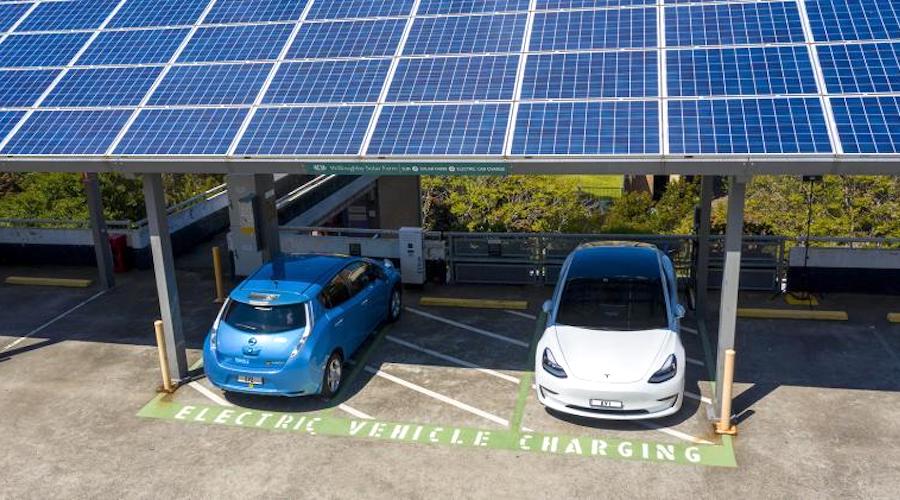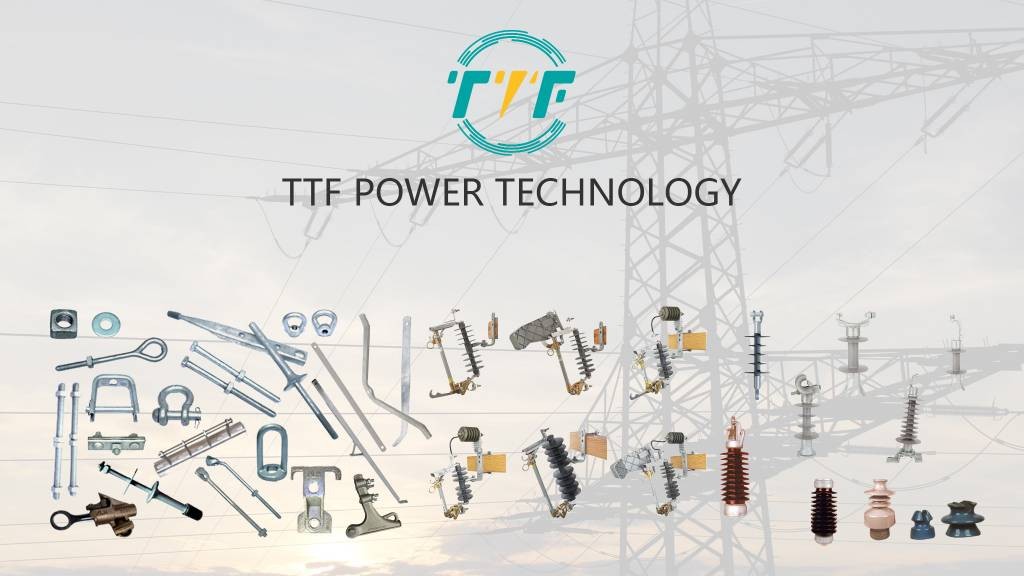
As electric vehicles (EVs) continue reshaping South America’s energy landscape, new technologies are emerging. Historically, EVs have relied on renewable energy sources for power. They help in reducing dependency on fossil fuels and cutting greenhouse gas emissions. This shift promotes sustainability, decarbonization, and energy independence. While EV adoption progresses, there are ways to speed up the process. One approach is converting gas-powered cars into EVs, which is more cost-effective than purchasing new ones. Another method involves using ethanol-based internal combustion engines (ICEs). Additionally, high-quality formed wires plays a critical role in battery production for energy storage, making it essential for EV infrastructure.
Formed wires transmit power, signals, and data within a vehicle’s systems, ensuring proper operation of various electrical components. They are also vital in charging systems and energy management. The region’s market potential, supportive government policies, and commitment to sustainability are attracting foreign investments in South America. Hydropower dominance in Brazil, Uruguay, and Paraguay further drives the EV market. This is while some companies focus on ethanol-based ICEs for EVs. Join us as we explore biofuels’ impact on the EV industry and the significance of formed wire in its infrastructure.
Contribution of formed wires in the establishment of electric vehicle infrastructure.
The role of formed wire extends beyond vehicles, impacting the broader EV infrastructure. They function within charging systems and grid integration to ensure sustainability. Formed wire is essential for power distribution, data communication, safety, and thermal management. As technology progresses, these wires will continue to provide reliable, efficient, and secure energy transmission. By using durable and flexible formed wires, the future of electric mobility is set to improve. Below are the key functions of formed wires in electric vehicle infrastructure.

- Charging infrastructure and connectors use formed wires to link EVs with charging stations. This permits the transfer of electricity from the grid to the battery of the vehicle. Specialized formed wires and cables can manage the transfer of large quantities of electrical power.
- Battery management systems (BMS) guarantee the safe and efficient operation of the battery. Formed wires link the BMS with each battery cell, temperature sensors, and voltage monitors. These links enable the control of charging, discharging, and thermal regulation.
- Smart grid and vehicle-to-grid applications involve electric vehicles returning energy to the grid at times of high demand. This contributes to grid stabilization and the incorporation of renewable energy sources. Formed wires allow for communication and power transfer in intelligent charging systems that optimize the timing and amount of charging for an electric vehicle.
- Thermal control systems – Electric vehicles rely on thermal management systems to control the battery temperature. Temperature sensors, pumps, fans, and heating or cooling elements are linked together by formed wires.
The ways in which biofuels back electric cars in South America
Biofuels can complement electric vehicle infrastructure in several ways. While EVs depend on electricity, biofuels can power hybrid and range-extended models. Integrating biofuels with electric vehicles can create a transportation system that is both flexible and sustainable. This is how biofuels in South America support electric vehicles.

- Hybrid and range-extended electric vehicles use a small internal combustion engine to produce electricity when the battery is depleted. Biofuels such as ethanol, biodiesel, or renewable diesel can fuel the engine. This helps decrease the dependence on fossil fuels.
- Decreasing carbon emissions in the manufacturing and recycling of batteries – the production and recycling of electric vehicle (EV) batteries need a lot of energy. Utilizing biofuels in manufacturing plants can decrease the release of carbon emissions.
- Biofuels can fuel generators for generating electricity at charging stations for electric vehicles. Biofuels have the potential to decrease the carbon emissions from electricity production in nations reliant on fossil fuels.
- Biofuels can serve in fuel cells to convert ethanol into hydrogen using reforming processes. This hydrogen can be utilized in fuel cells to powering electric vehicles.
- Ethanol-powered engines can work alongside electric propulsion for long-distance transportation in heavy-duty and commercial vehicles. Flexible-fuel engines that use a combination of electricity and biofuels can be installed in heavy-duty vehicles.